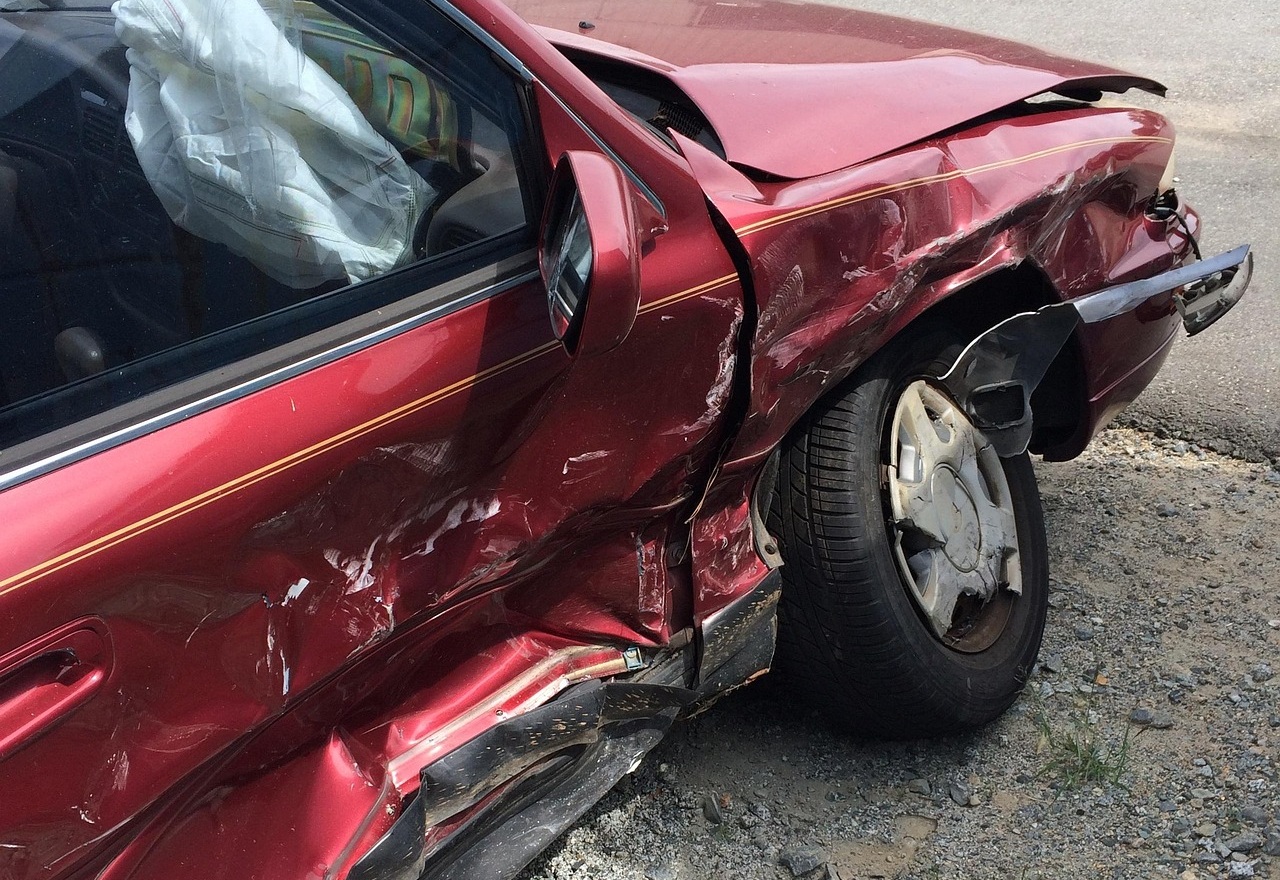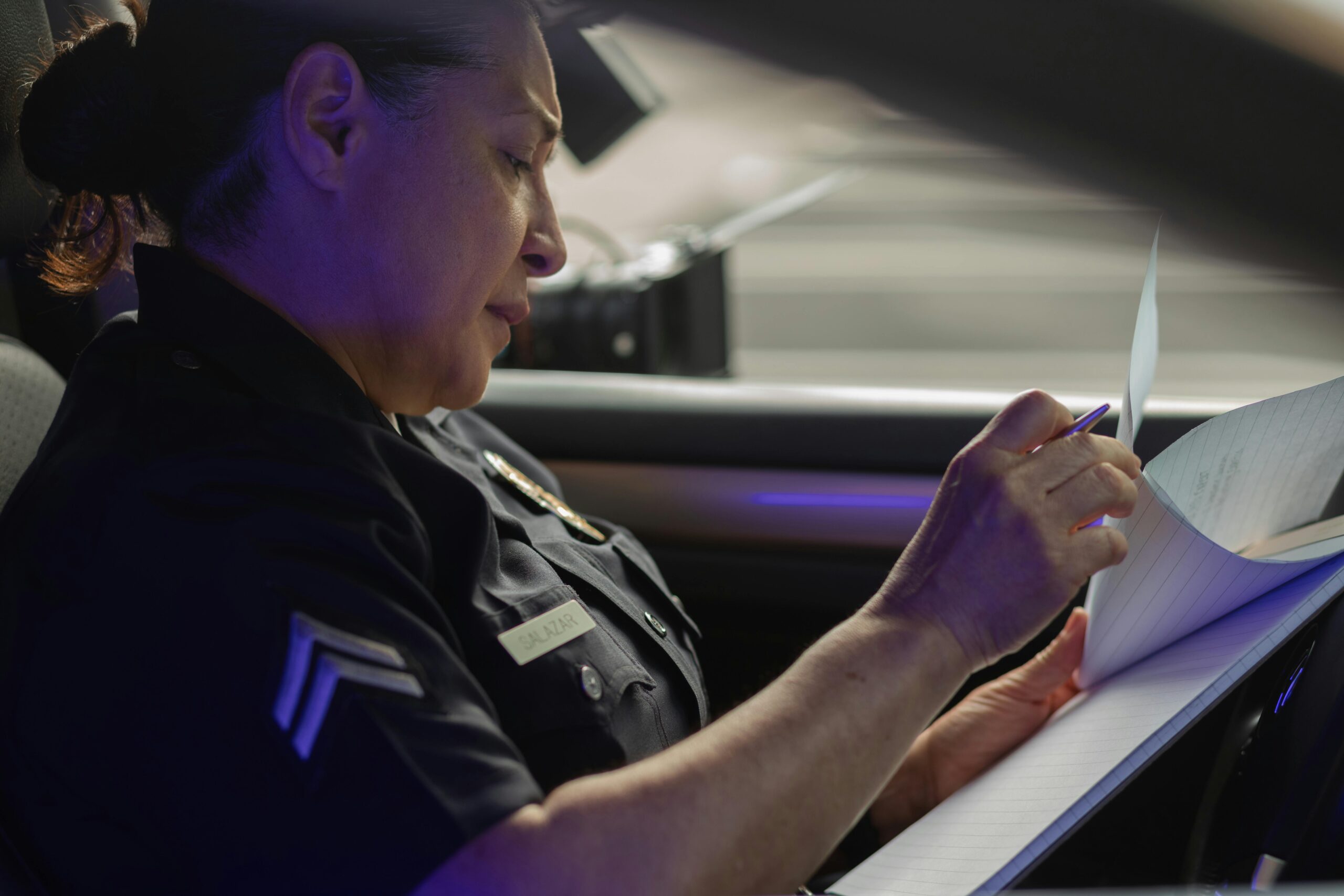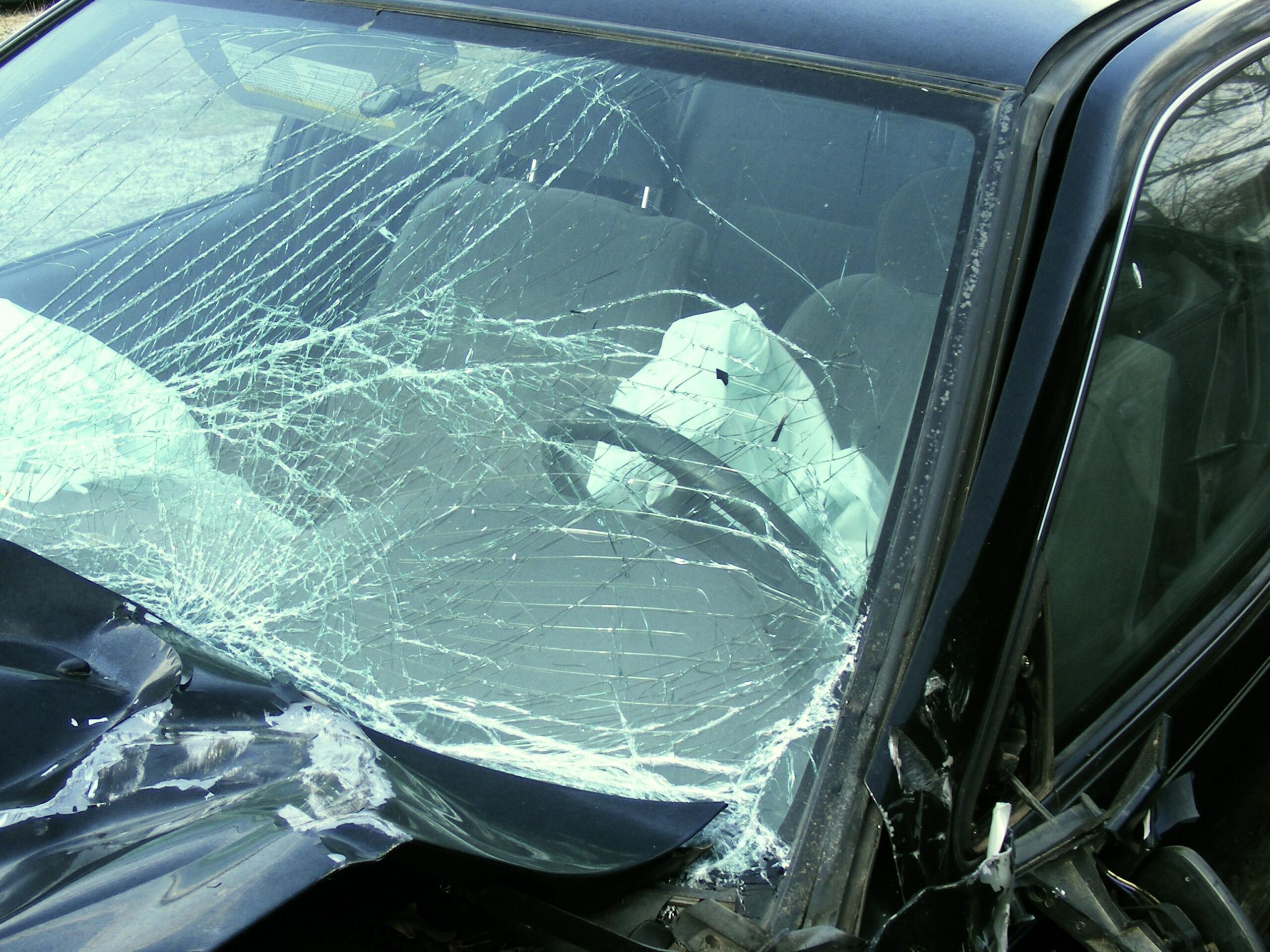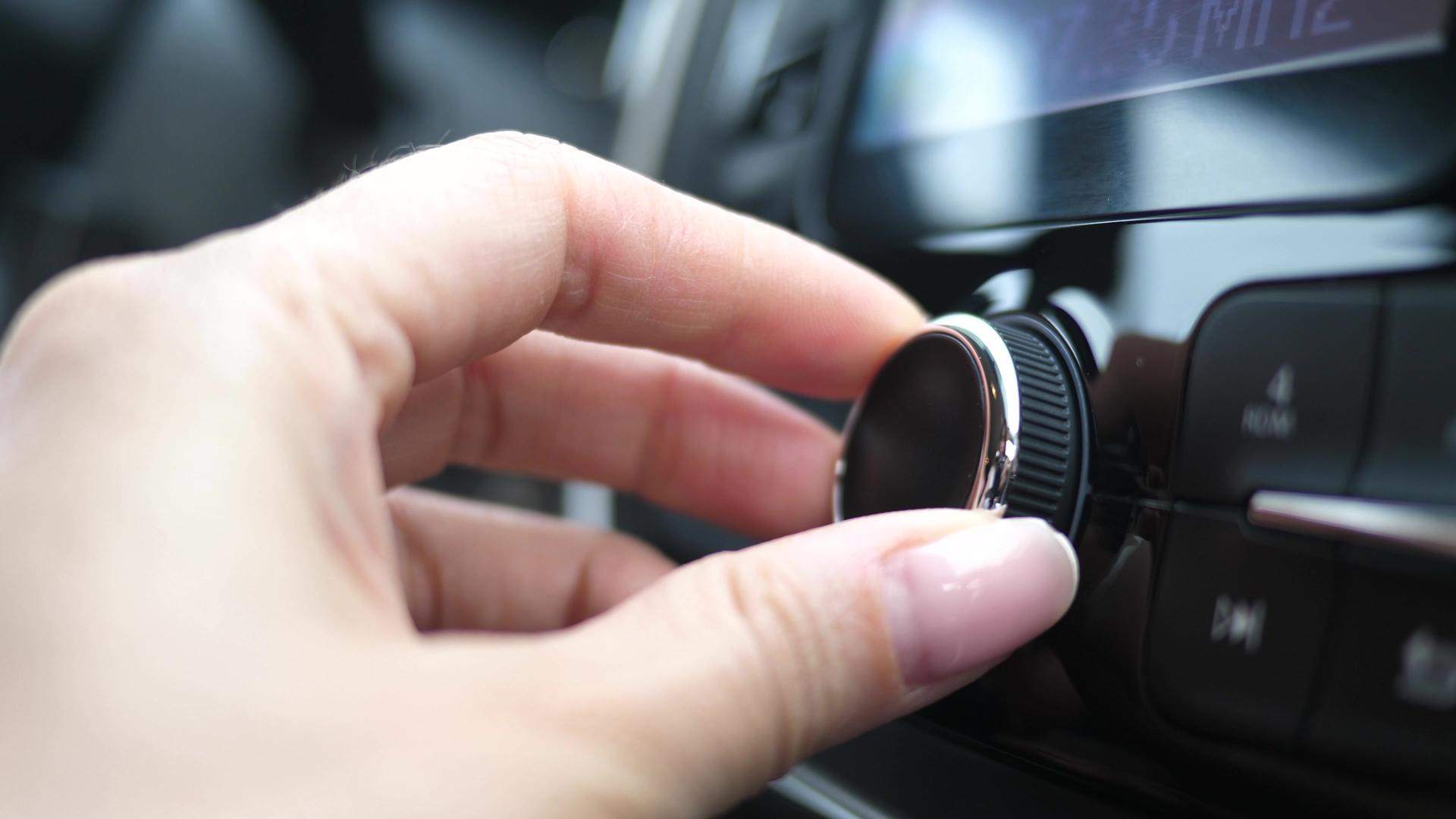Calculating Pain and Suffering After a Wreck
Pain and suffering aren’t tangible the way other damages are. Sometimes they can even seem to be completely made up, as though someone just grabbed a number from thin air and said, “Oh, yeah, my case is worth this many millions of dollars.” There is, however, a bit of a science to determining pain and suffering. The Car Crash Captain takes a look at how your case is worth more than just what is easy to see, and how the insurance companies try to lowball you by ignoring pain and suffering.
What is Pain and Suffering?
In a wreck there are economic and non-economic damages. Economic damages are those that are directly related to a financial loss – costs to repair or replace your vehicle, lost wages, hospital bills, and the like. They’re all easy to calculate and pretty straight forward.
Non-economic damages don’t directly relate to a financial loss. They’re tied to physical pain and emotional distress that is a result of the injury you sustain. For example, chronic and lingering pain that reduces your quality of life; PTSD, anxiety, or depression; loss of enjoyment as you’re no longer able to engage in hobbies, intimacy, or daily activities.
Compensation for pain and suffering is tying a dollar amount to the non-economic damages. But that’s where things can become a little hairy. How much is chronic pain worth? What compensation should you receive if you can no longer participate in your favorite hobbies? What should you expect if you and your spouse split up because of the recovery period?
How to Calculate Pain and Suffering
There are two primary ways to determine the amount you can seek. There’s the multiplier method, and the per diem method.
Multiplier – To determine the pain and suffering amount, you take the total medical bills and multiply by a number between 1.5 and 5 (5 if the injuries were severe, 1.5 if they were less severe). For example, if you’re hit with $10,000 in medical bills, and your multiplier is 3, then you might seek $30,000 in pain and suffering.
Per Diem – This method uses a daily dollar amount that is multiplied by the number of days you’re in pain and unable to enjoy life as you used to. For example, if you spend six months recovering, and the per diem is $150/ day, then you multiple 180 by $150 to get $27,000.
Both of these have their perks and drawbacks. What if medical bills are ongoing and not one-time instances? What if your pain will last the rest of your life? Where is the cutoff on dollar amounts?
Instances like these are why you want to work with an experienced lawyer. With millions of car wrecks per year that lead to hospital visits, and tens of thousands of victims who pass away, it’s very likely your situation has happened to someone else. Looking at those cases, we can determine what a reasonable amount to pursue might be.
What Affects the Value of Pain and Suffering Claims?
A number of factors influence what can be pursued. First, there are the easy-to-see factors:
- Severity of injuries
- Length of recovery
- Disruptions to daily life
- Psychological evaluations
But there’s more that goes into it. Insurance companies are going to try very hard to minimize these claims, even going as far as saying the psychological damage was there before the wreck. There’s also the fact that victims often aren’t good at documenting their recovery – if life really sucks now and you’re in a lot of pain, don’t minimize it saying, “It hurts, but not that bad.”
Your goal isn’t to lie and inflate the experience, but be honest and pursue what you’re owed. That’s where Herbert Law Group comes in.
Herbert Law Group Fights for You
When you’re injured, or if your family member was killed, one of the last things you want to do is relive those moments over and over as you seek compensation. You focus on you, we’ll take care of the hard stuff.
Herbert Law Group will help you by tracking down medical and psychological evaluations and documentations. We’ll talk to the expert witnesses like therapists and doctors. We’ll put together the compelling narrative of how your life has changed, and we’ll aggressively negotiate to ensure you get the maximum compensation allowed.
If you’ve been injured in a Texas car wreck, let’s talk about what happened. Call our office sat 214-414-3808, or fill out the contact form on our site and we’ll be in touch with you soon.









